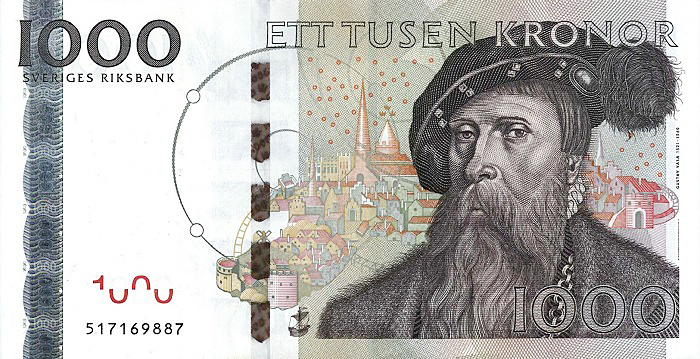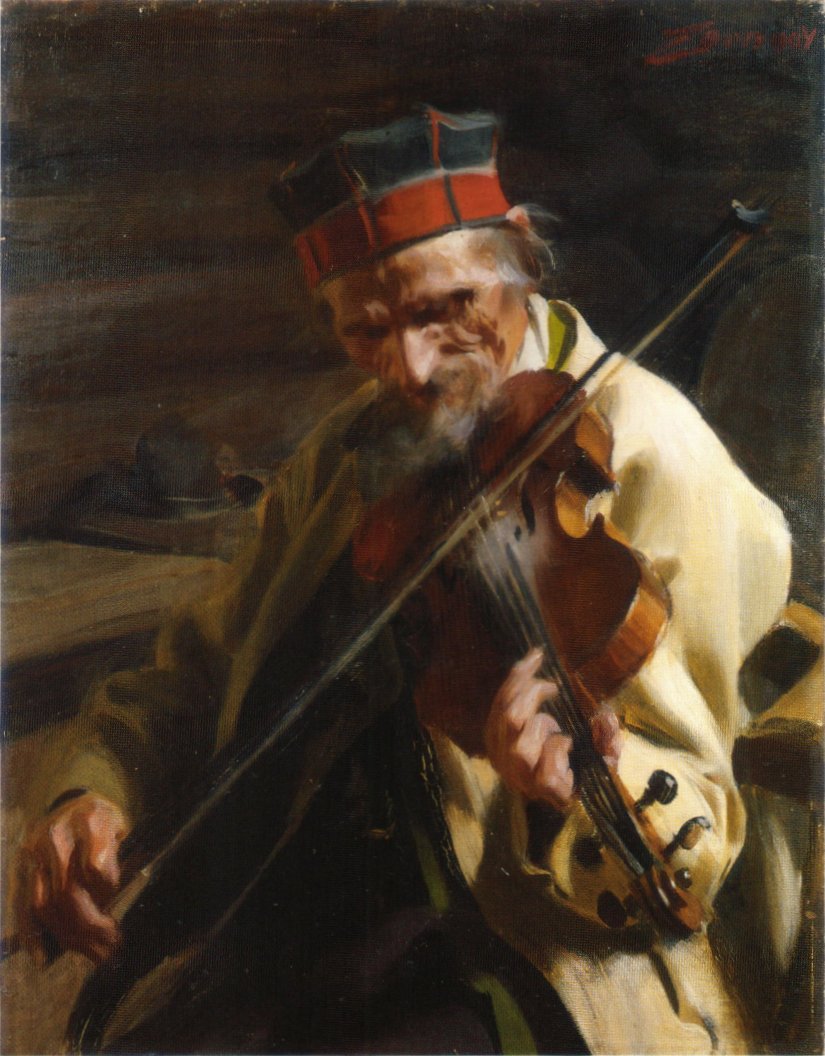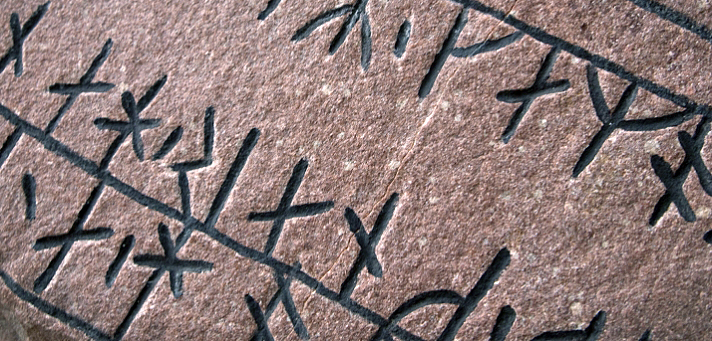Swedish News:
3 billion remain in circulation / New guide to Nordic music / Vikings to Dubai / Play at work / Comeback of the leech
-
 Gustav Vasa, considered the founder of modern Sweden, illustrates the old Swedish 1000-kronor bank note. (The new 1000-kronor bills depict Dag Hammarskjöld)
Gustav Vasa, considered the founder of modern Sweden, illustrates the old Swedish 1000-kronor bank note. (The new 1000-kronor bills depict Dag Hammarskjöld) -
-
3 billion void SEK remain in circulation
At the end of 2013, the 50 and 1.000 SEK bills lacking the metal strip were made invalid. People were encouraged to turn in their soon-to-be invalid bills at the bank, but of a total of 14 billion SEK ($2 billion) and 3 billion ($458 million) have not yet been redeemed. The next date to remember, should you have bills like these around, is February 28. After that date, Riksbanken will do what they do with all old bills (regardless of how old they are) and redeem them for a fee of 100 SEK ($15). You may then have to disclose from where you got the bills. -
 Much has happened in Nordic music since Swedish painter Anders Zorn painted Hins Anders (above) in 1904. Now the Nordic Council of Ministers is putting together an online Nordic music platform, which will act as an international window to what's happening in music in the Nordic countries.
Much has happened in Nordic music since Swedish painter Anders Zorn painted Hins Anders (above) in 1904. Now the Nordic Council of Ministers is putting together an online Nordic music platform, which will act as an international window to what's happening in music in the Nordic countries. -
-
New guide to Nordic music
A new online platform will list Nordic music on a weekly basis. The so-called Nordic playlist will work as an international window to the Nordic countries’ music scene. Apart from lists to streaming services like Spotify, Wimp and Deezer, this site (which is a cultural project from the Nordic Council of Ministers), will also keep a close ear to the music in the Nordic countries. Top ten lists on what’s being sold and streamed in these countries will also be listed. The sight will be free to use. -
 The first ever Viking Fair will take place in the Middle East, in Dubai, to celebrate the good relations between Vikings and Muslims. Polish painter Henryk Siemiradzki depicted the funeral rituals of Vikings in what is today Russia, using Ahmad ibn Fadlan’s descriptions.
The first ever Viking Fair will take place in the Middle East, in Dubai, to celebrate the good relations between Vikings and Muslims. Polish painter Henryk Siemiradzki depicted the funeral rituals of Vikings in what is today Russia, using Ahmad ibn Fadlan’s descriptions. -
Vikings to Dubai
Two men from southern Sweden are pulling together the first Viking Fair ever to take place in the Middle East. Ragnar Wick, one of the initiators, explains: ”There are descriptions from Ibn fadlan, a traveling salesman from Baghdad, about the traditions of the Vikings, and his is one of the most important sources we have. This is a way to celebrate the good relations between Muslims and Vikings.” The Viking Fair will take place in Dubai at the end of March. Four hundred ”professional” Vikings from 22 countries will then show various crafts and raise a rune stone. Wick has help from his friend, another Viking named Gorm Northman, who lives in Dubai. ”There’s a great interest in Dubai, and there’s money. We have a huge budget. We have 400 Vikings whom we pay salary; we also pay for their trip to Dubai,” says Wick. The trip to United Arab Emirates, or Särkland, as the earlier Vikings called it, is not going to be by ship, but by airplane. However, once the Vikings are let loose, they will show what a naval battle in the old days might have looked like and will bring several Viking replicas and articles, including a ring found in Birka. ”Inside the ring the word 'Allah’ has been engraved,” says Wick. ”It is said to be a gift to Vikings who had either converted to Islam or been great business partners.” -
 The first ever Viking Fair in the Middle East ..makes you wonder, what will the signs look like?
The first ever Viking Fair in the Middle East ..makes you wonder, what will the signs look like? -
Play at work
Could a little bit of playtime boost your work? New studies show that play stimulates employees’ creativity and lust for work. There was a time in Sweden when hiring consultants and coaches was a trendy way to make work more sufficient. That period is gone, and today many companies instead want to focus on ”lekfullhet,” playfulness. "Everyone’s convinced that playing increases collaboration, communication and creativity,” says Samuel West, who does research in improvisational theater as a developmental tool in work places. ”The result is very promising, it really does increase people’s openness to each other.” Improvisational actor Jörgen Krantz agrees and says he notices the demand for play and dramatization in companies. ”About 10 to 15 years ago, people were skeptical when we talked about it as a way of development. Today most companies are positive and willing to try it.” The design agency Doberman is one such place, where playfulness has been used to solve difficult problems. There it meant the entire company took part in building the annual budget in Lego, letting the customers use props and role-playing. ”We may also let skilled programmers develop a service like a mobile remote control for smartphones, just because it gives them energy. Even though that was not included in the plan from the start.” -
 Want to have more fun at work? Three tips to bring playfulness to your workplace. 1. Let all employees be involved in key decisions and utilize everyone’s talent. Invest in time for reflection in groups, learn from mistakes while having fun as a group, and give people space. 2. A different sort of meeting technique: Open Space is a meeting technique in which participants develop the conference program as an all-day long coffee break (since it is usually during the coffee breaks that the most interesting conference items are discussed). This is a way to find the full potential of the group. 3. Pep talk. Create a more playful work place by being generous to your colleagues. Take some time on Mondays to cheer one another, and give positive feedback, even if it is just a little. During Friday’s coffee break let everyone talk about what they feel they’ve done well during the week. Repeat for a few weeks and see what it does to the general mood. Above: ”Soap Bubbles,” a painting by Jean Siméon Chardin.
Want to have more fun at work? Three tips to bring playfulness to your workplace. 1. Let all employees be involved in key decisions and utilize everyone’s talent. Invest in time for reflection in groups, learn from mistakes while having fun as a group, and give people space. 2. A different sort of meeting technique: Open Space is a meeting technique in which participants develop the conference program as an all-day long coffee break (since it is usually during the coffee breaks that the most interesting conference items are discussed). This is a way to find the full potential of the group. 3. Pep talk. Create a more playful work place by being generous to your colleagues. Take some time on Mondays to cheer one another, and give positive feedback, even if it is just a little. During Friday’s coffee break let everyone talk about what they feel they’ve done well during the week. Repeat for a few weeks and see what it does to the general mood. Above: ”Soap Bubbles,” a painting by Jean Siméon Chardin. -
Comeback of the leech
It sounds nearly medieval, but the leeches are back in business at hospitals in southern Sweden. ”We’ve recently had several successful operations during which we used leeches,” says nurse Helena Hansson, of the hand surgery clinic at Malmö University. Leeches are mostly used on patients who have hurt their fingers during sawing or wood chopping. Around 30-40 leeches are used to save a severed finger. Before the animal is put on the hand to suck the blood, it is contained in a jar with water in a cold room at the clinic. "They thrive in a colder enviroment,” says Hansson. Once the patient’s circulation has started, the leech has done its job and is then killed in alcohol. ”When it has eaten it is all used,” Hansson explains. ”You cannot use the same leech on more than one person.” -
-
